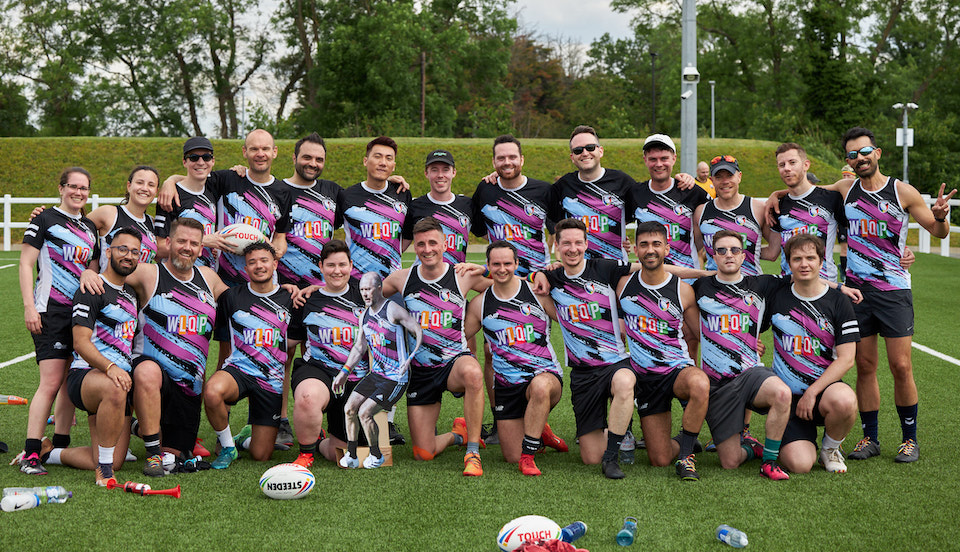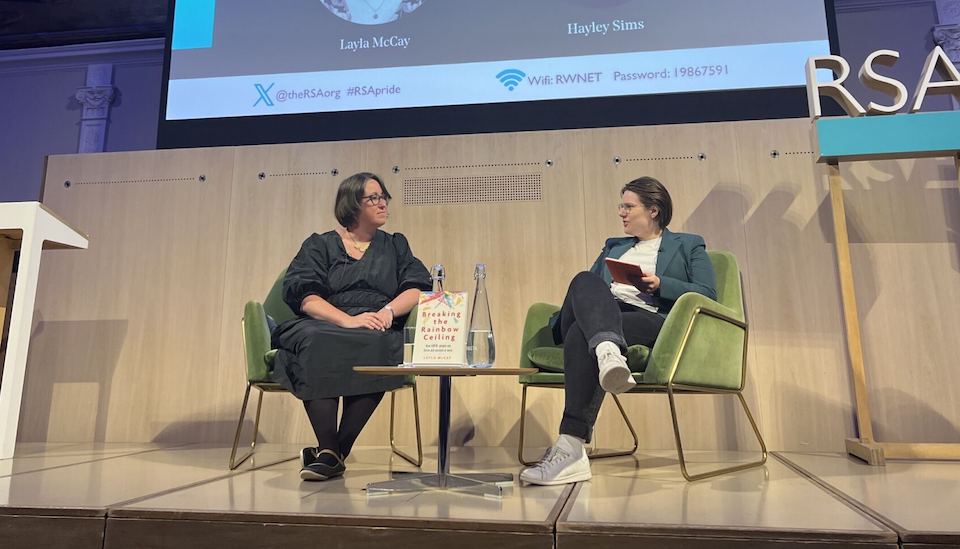I argued in my last post that 'clumsy collaboration' might be the key to strategies for schooling which are both effective and progressive. By 'clumsy' I mean collaboration which combines the three contrasting change models of individualism (collaboration has to be based in clear and coherent self-interest), solidarity (collaboration needs to be underpinned by trust and shared values) and hierarchy (collaboration must be enabled, structured and incentivised by system and school leaders).
An overly individualistic collaboration becomes a 'deal', an overly solidaristic one a 'friendship’ and an overly hierarchical one a 'committee'. Unless collaboration is truly clumsy it will, at best, be ineffective and, at worst, be a dishonest waste of time. Because the impulses and world views associated with individualism, solidarity and hierarchical control are inherently in tension, clumsy collaboration requires skill and commitment to maintain.
What is the evidence that collaboration can make a difference at the various levels which make up a schooling system? First, the system as a whole: a step change in improvement is more likely if the key players have been part of a public and professional conversation in which ambitious goals, strong but flexible systems and demanding expectations are agreed. This seems to be the evidence from successful change processes like that in Alberta, and also London Challenge. It was also the way we tried to approach the Raising the Bar (RtB) inquiry which the RSA led for Suffolk County Council.
Central to the recommendations that came out of RtB was school to school collaboration, which can also play a vital role in improving performance. Lots of schools claim to work with other schools. In Suffolk I spoke to staff in a 'collaboration pyramid' of a secondary school and its primary feeders. The staff claimed the partnership was very useful but under examination it turned out that they didn't even have a structured conversation about the progress individual pupils made across transition, let alone agree accountabilities for ensuring that performance claimed for KS2 continued and developed in KS3. As David Hargreaves and colleagues have shown, achieving results depends on a deep and sustained whole school commitment to collaboration as an integral part of improvement.
Teacher to teacher collaboration is the key part of school partnership. For teachers to work with other teachers on inquiry based collaboration should be seen as an essential element of their professionalism. Teachers must always be learners and they learn best by working with colleagues to solve practical challenges. But these ways of working are psychologically and intellectually demanding, particularly for front line teachers facing many other calls on their time and energy.
There are lots of collaborations between schools and outside organisations including charities, private sector employers and other public agencies. But too often these are not as ambitious and creative as they could be. For example, employer engagement can be powerful for children's life chances but schools and employers both complain the other is hard to work with. Back in Suffolk we worked with a group of teachers and employers to develop an agreed set of core competencies. On the one hand, this meant that schools were committing to giving the pupils the competencies employers said mattered; on the other, it meant employers would try to ensure that their offer - visits to school, project materials, work-experience - was based in a wider understanding of what schools are trying to achieve. In Peterborough we found that getting schools and local institutions to work together on an area based curriculum was exciting and full of promise. It was also very hard work and could only succeed if it had buy-in from school and civil society leaders.
Professional/pupil collaboration has two elements. The first relates to pupil engagement in school governance, which needs to be both authentic and realistic, again, with a clear and honest account of what both sides are hoping to get out of working together. In the classroom we know that pupil feedback is one of the most powerful factors in driving up standards. Feedback is best delivered as part of a collaborative model of learning in which teachers, pupils and parents agree goals, understand mutual obligation and share a commitment to the potential of learning.
It may seem trite to argue that a single concept could be of such value in so many contexts. And, as I have emphasised, when it comes to collaboration, it’s not what you do but the way that you do it that gets results. The dominant ideas in schooling over the last fifteen to twenty years have been ‘national standards’ and ‘school freedom, diversity and competition’. Both of these are necessary parts of the engine of improvement. But without oil engines overheat and seize up, which is often what feels to be happening in our schools. Clumsy collaboration is the oil that can enable the different parts of the school system to work together to achieve more ambitious and more progressive aims.
Related articles
-
Prosperous Places: creating thriving communities
Tom Stratton
With regional growth at the top of the agenda, it is vital that we create thriving communities across economic, social and natural perspectives. Prosperous Places is a suite of interventions aimed at responding to the unique ambitions and challenges of places.
-
Pride interview: Felipe Tozzato
Deborah Ajia
The commercial photographer and RSA Fellow explains what Pride means to him, the importance of courage, making friends through rugby and why being gay is his superpower.
-
Let's smash the Rainbow Ceiling
Ben Oliver
Reflecting on Layla McCay’s recent RSA talk, Ben Oliver offers five ways for employers to create a positive culture for their LGBTQ+ staff that benefits both the individual and the organisation.




Be the first to write a comment
Comments
Please login to post a comment or reply
Don't have an account? Click here to register.